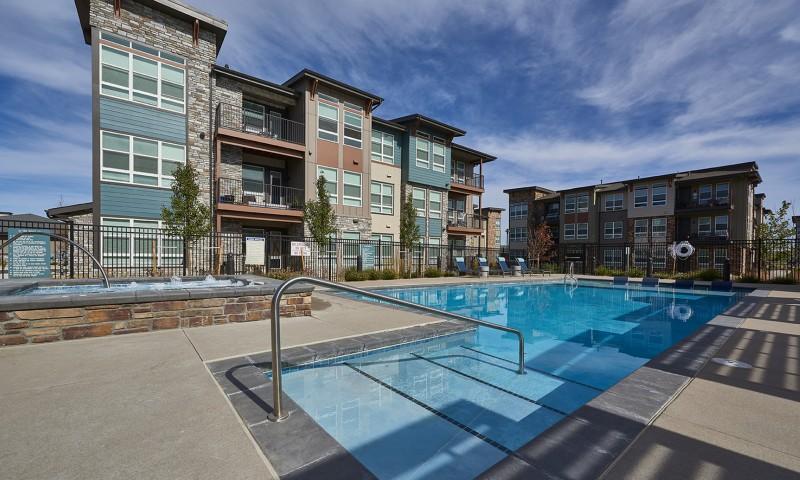When Toronto-based Starlight Investments made its first foray into the U.S. in 2012, the country’s economy was still very much making its way back from the depths of the Great Recession and suffered an unemployment rate around 8% for most of the year.
But Starlight, which has been around for 22 years and now controls $7.5 billion in assets and roughly 35,000 apartments in North America, including about 11,000 in the U.S., saw an opportunity. “Cap rates in Canada had historically been higher than they were in the U.S.,” says Evan Kirsh, president of Starlight U.S. Multi-Family. “We saw a flip in that five years ago,” which, coupled with low interest rates and an improving employment picture, signaled an opening for Starlight.
“We felt like it was the perfect time to get started in the United States,” Kirsh recalls.
Since then, Starlight’s U.S. operation has closed on nearly 40 transactions and has primarily targeted Class A garden-style properties in the suburbs of major population centers. Starlight has focused on the suburbs because those areas have less supply than urban cores, and the company anticipated its target demographic—millennials—would want to live in an affordable area close to work. Also, Kirsh says, “Since rent is a lower percentage of income in the suburbs, it provides more potential rent growth going forward.”
In October 2017, Starlight announced a partnership with two Canadian institutions on a venture to acquire $1.3 billion worth of recently constructed, garden-style, Class A communities in the U.S.
The partnership with the Public Sector Pension Investment Board (PSP Investments) and Alberta Investment Management Corp. (AIMCo) first purchased a 465-unit, garden-style property constructed in 2017 and located in Denver.

Ivan Otis
Evan Kirsh
The venture will also target properties in the suburban markets of Atlanta; Austin and Dallas, Texas; Orlando and Tampa, Fla.; and Phoenix. Moreover, it will seek properties in submarkets that demonstrate superior rental-income growth potential due to positive multifamily dynamics including population, economic conditions, and employment growth.
The partnership’s second acquisition, which also closed last October, was a 330-unit property in the Atlanta suburbs.
According to Kirsh, Starlight and its partners are looking to invest over $1 billion in the U.S. this year and will use the venture’s track record to its advantage.
“We have an excellent relationship with merchant developers and private equity firms,” says Kirsh, adding that Starlight has never dropped a deal in its five years in the U.S. “We’ve closed every transaction that we’ve contracted for.
“When you look at the merchant development and private equity community, the biggest thing they want to achieve when they’re selling an asset is certainty of closing,” Kirsh adds. “And we provide certainty of closing. We do what we say we’re going to do.”
Last June, Starlight raised its first value-add fund in the U.S. and has deployed close to $170 million in the sector so far. Kirsh expects the company to continue to be active in value-add, targeting properties built mostly in the late 1990s and from 2000 to 2010.
“You have to turn over more stones to find the opportunities, but we think with our experience and our industry contacts we have the ability to find great value-add acquisitions,” he says.
It should be a busy year.
